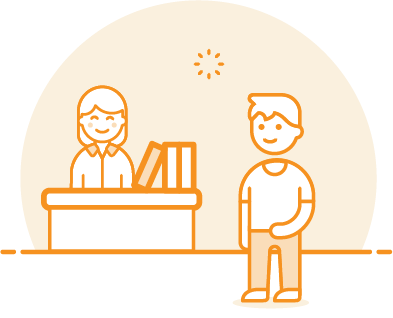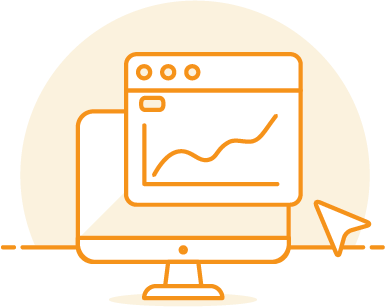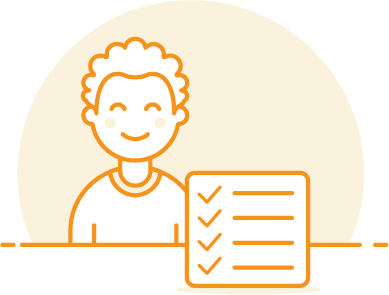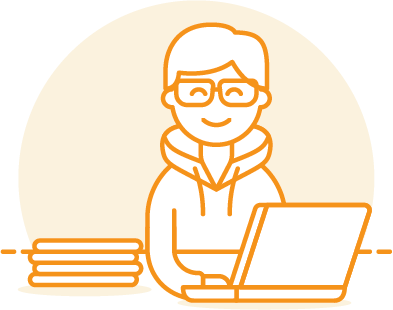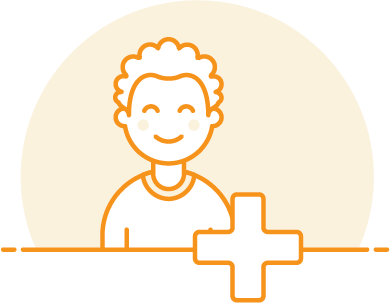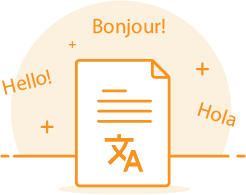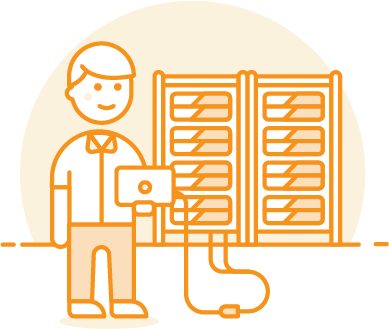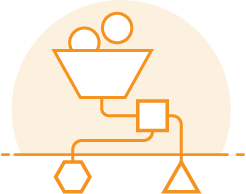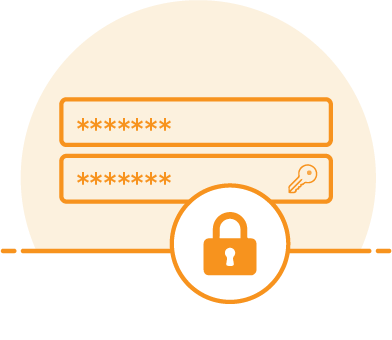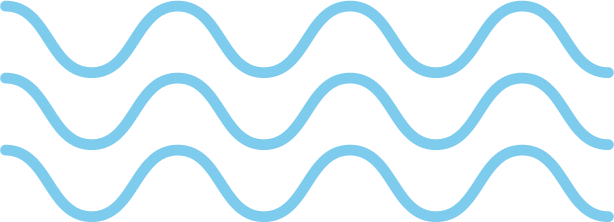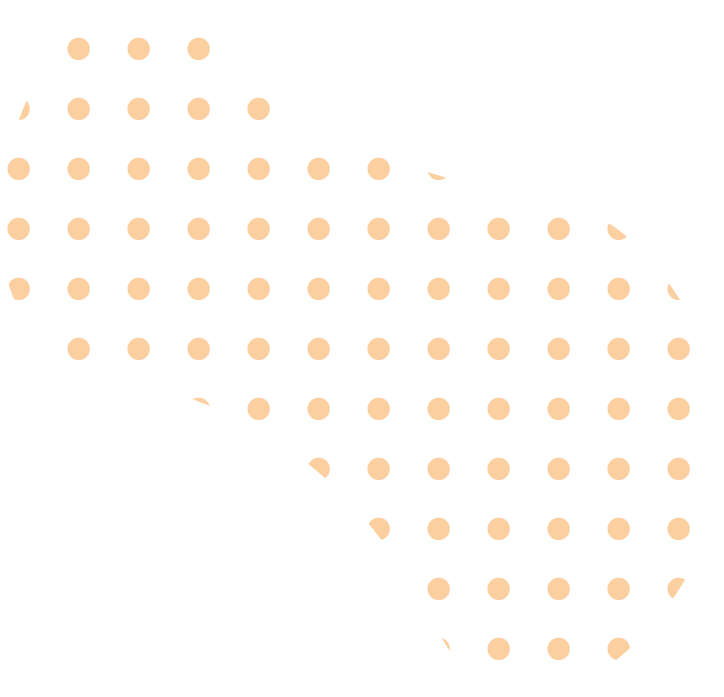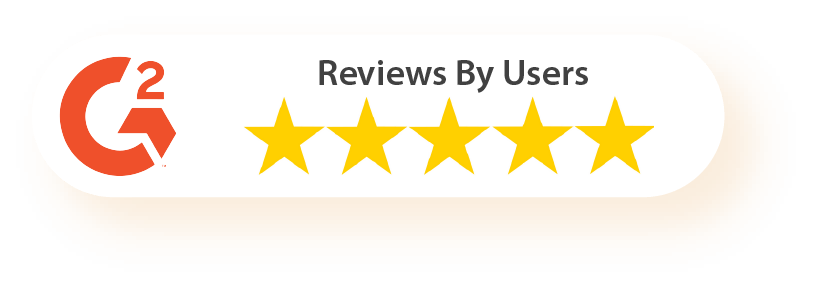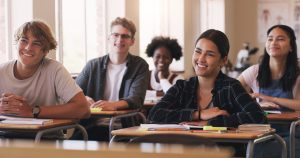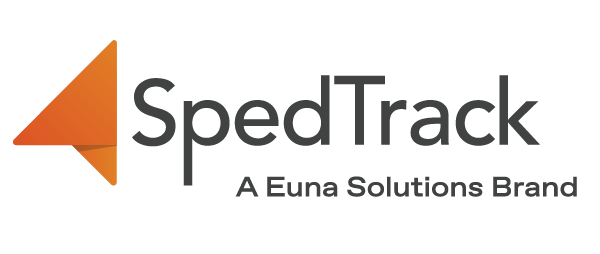Accommodations vs Modifications
Accommodations, according to Merriam-Webster are “something supplied for convenience or to satisfy a need…” In the case of special education, an accommodation is made for students to satisfy a need determined by their IEP team due to a particular disability and unique circumstances.
In contrast, modifications are defined as the “making of a limited change in something.” This would indicate that educators are changing a student’s curriculum or environment.
Ultimately, both are necessary to satisfy the requirements of the Individuals with Disabilities Education Act (IDEA) and meet the needs of students with disabilities.
Who are accommodations and modifications for?
All students with disabilities will likely need accommodations and modifications to assist in receiving an equal education to their similar-aged peers. Students can either access these through a 504 Plan or an individualized education program (IEP).
A 504 Plan, authorized by the Rehabilitation Act of 1973, is a protective plan for individuals with disabilities to ensure they are reasonably accommodated and provided modifications that allow them to access major life events, particularly equal access to education and employment.
An IEP, authorized by the Individuals with Disabilities Education Act (IDEA), is a comprehensive plan that includes specific goals, services, accommodations, and modifications required for the student to gain access and make progress in the general education curriculum. IEPs are associated with special education and are set apart from 504 by the provision of specially designed instruction.
For a more in-depth look, please visit our previous blog on the differences between 504 Plans and IEPs.
What are Accommodations for Special Education?
Accommodations are specifically provided based on the individual student’s needs. They provide an opportunity for the local education agency (LEA) to equal the playing field for students with disabilities to access the same environments and experiences as their same-aged peers.
The IEP/504 team considers the accommodations an individual student may need when writing IEPs or 504 Plans. Their goal is to ensure that the student is able to access their general education classes to the greatest extent possible in the least restrictive environment (LRE).
An example of an accommodation may be that a teacher must be mindful of where a student is seated within the classroom due to various conditions. Specific examples of this may be:
- A student with ADHD needs to be seated in close proximity to their teacher in the classroom. This same student may need access to flexible seating options, like a wobble stool.
- A student with a visual impairment may need to have preferential seating to be placed closer to the front of the classroom, or they may need to face away from a window to reduce glare and contrast.
- A student requiring a wheelchair may need a raised table.
Accommodations can appear in various ways; for instance, students may need assistance with accessing the cafeteria or someone to carry their lunch trays. In the classroom, assistive technology like speech-to-text may be used to efficiently record a student response. It is up to a student’s team to anticipate their needs in the general education class.
Practical Examples of Accommodations
504 plans can require accommodations for children who do not require special education services. These are students that rely on accommodations to fully access the school experience. Accommodations are often applied to both the classroom and testing settings, whether standardized or curricular. Some 504 Plan accommodations might include:
- A child with ADHD may require extended time for the completion of assignments. The 504 team may accommodate this need by allowing an extra day or two beyond the deadline for the assignment. Extended time is often applied to testing environments as well. Some students may need an extra hour to complete an exam.
- That same student may have a need to move more than other students. Their plan may include an option to pace at the back of the classroom or take scheduled breaks throughout the day. Again, students needing breaks will also have them during times of assessment.
- Distractions in the classroom may impede the student’s ability to pick up on instructions or concepts taught; in turn, the student may need to have frequent check-ins from their teacher. This may also require that the student take assessments on their own or in a small group setting.
- A student with Dyslexia may require extra time for reading assignments or exams. They may also have access to text-to-speech to access grade-level content and assignments. This student may need a teacher to provide fill-in notes or a study guide to ensure they are prepared for assignments ahead of time. This student may also need assistive technology to access adaptive text to meet their reading level.
IEP teams also consider accommodations to ensure a free and appropriate public education (FAPE) is offered to their students. These accommodations are uniquely suited to each individual. Some IEP accommodations might include:
- A student with autism may require a weighted lap pad or sensory break throughout the day to remain regulated and participate fully in their daily educational program. They may also need nonverbal ways to signal their wants and needs in the classroom, such as a sign or color card. Given communication needs, a student may need a visual schedule of their day to assist in transitions.
- Students with emotional disturbances may need built-in breaks to process feelings or a trusted adult to triage or talk through difficult situations. They may also require frequent reminders to aid in emotional regulation, such as breathing and matching reactions to the size of the perceived problem.
- Students with hearing impairments, depending on their severity, may require a sign language interpreter or FM system for equal access to their classroom. These accommodations are critical and were most recently the subject of the US Supreme Court Decision Perez v. Sturgis Public Schools.
- Those with visual impairments could require a braillest to transfer assignments into braille or large print resources to access the curriculum. They may also need the use of a video magnifier to modify their assignments.
What are Modifications in Special Education?
Modifications are generally adaptive measures to physically change a curriculum or school environment to provide the student access to the least restrictive environment (LRE). These modifications change the curriculum to meet a student’s learning style or make assignments less complex. Modifications, mandated by both 504 and IDEA, can reduce student work, including the number of test questions or even administer alternate assessments.
Modifications are also required by LEAs to ensure a student’s ability to participate in all school activities like their peers without disabilities. IDEA specifically states that a child’s IEP must include “…a statement of the program modifications…for the child…to participate in extracurricular and other nonacademic activities.” This is an agenda item you’ll want to include in every IEP meeting.
Practical Examples of Modifications
Students with 504 plans will often have modifications within the school setting to help them access the curriculum or environment like their peers. Here are a few ways that can look:
- A student with Dyslexia may need their teacher to use a multisensory approach to reading instruction, which their plan dictates.
- A student with an orthopedic impairment may need a physical education modification to participate, such as a change in activities from something like the push-up to a bench press activity to assess strength.
- A student with intense anxiety may require homebound instruction when they are unable to attend in person, or even an online alternative curriculum provided by the teacher or LEA.
With regard to IEPs, modifications can look very similar to those above; nonetheless, here are some other examples:
- A student with specific learning disabilities in the area of reading fluency may require online versions or graphic novels of the books required in the curriculum to be able to have the same access as their peers.
- Students that require a functional curriculum and are in a wheelchair may require an environmental modification like an overhead harness system to be able to stand to participate in a curriculum that includes activities like cooking, cleaning, or other functional/life skill-oriented work. This is an environmental modification, but also a physical accommodation for the student.
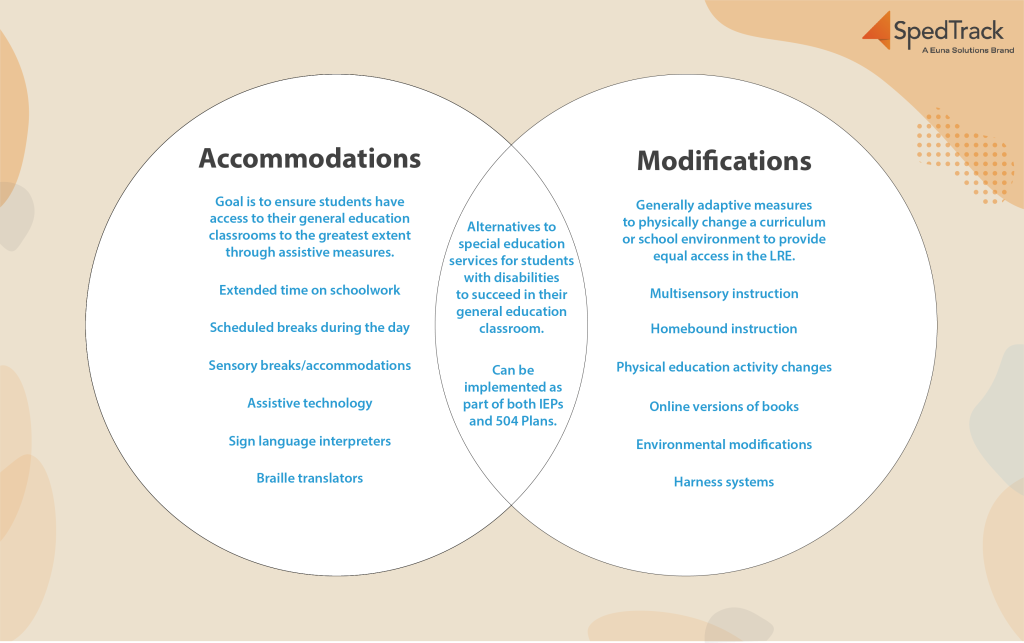
Similarities Between Accommodations and Modifications
As mentioned above, accommodations and modifications are quite different, but they are both tools designed to provide individuals with equal access to their environment and education. These accommodations and modifications help children overcome their disabilities and allow participation to the fullest extent possible. Teams, whether IEP or 504, should be mindful when taking them into account and expect that all members implement them with fidelity.
Track Your Accommodations and Modifications with SpedTrack
If you are looking for a web-based solution to easily track accommodations and modifications for both 504 Plans and IEPs, please request a demo of SpedTrack today!
SpedTrack is packed with powerful tools, templates, and features that simplify managing IEPs and 504s while helping ensure compliance.

